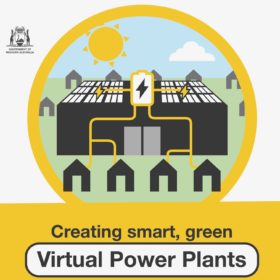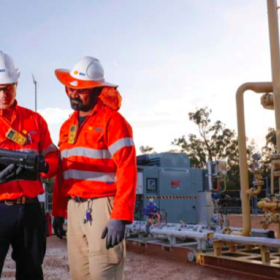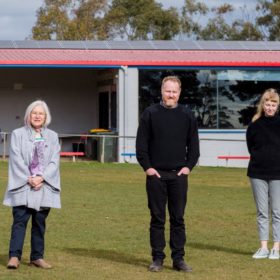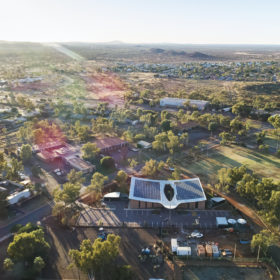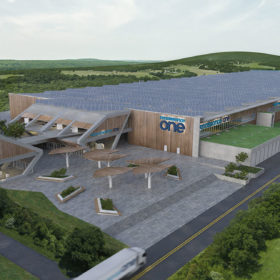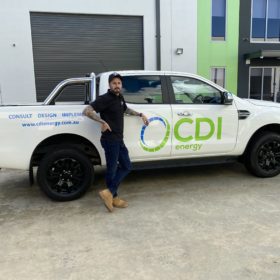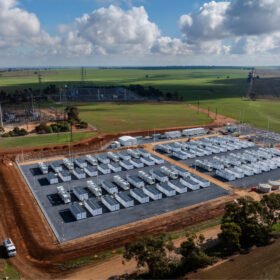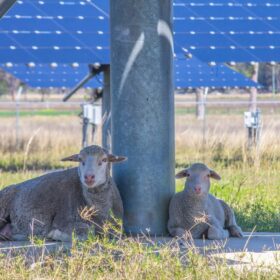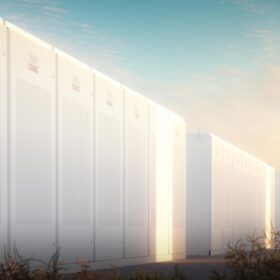CEFC takes stock of the future, backs Australian Climate Transition Index
The Clean Energy Finance Corporation is set to become the cornerstone investor in a BNP Paribas’ issuance $140 million in new Australian green bonds through its Australian Climate Transition Index, an index for investors to parse the companies that will survive and thrive into a decarbonised future from those who will decay and die.
Kalgoorlie high school set to be first in Schools VPP pilot project
The Schools Virtual Power Plant pilot project, part of the WA Government’s $66.3 million investment in solar and batteries in its WA Recovery Plan from the impacts of Covid-19, will see ten schools transformed into VPPs. The two year trial is expected to bring reduced electricity bills to schools, improved grid stability, and increased solar uptake in the local community.
Shell Australia acquires carbon farming business Select Carbon
The Anglo-Dutch power company will buy Perth-based environmental specialist Select Carbon as part of a broader ambition to reach net-zero emissions by 2050 or sooner.
Sterling and Wilson: Europe will be our next stop
Having bagged large orders in the U.S. and Australia, Indian multinational engineering, procurement and construction (EPC) services provider Sterling and Wilson Solar is bidding for tenders in new regions, Europe among them. Kannan Krishnan, S&W’s chief operations officer for solar in India and the South Asian Association for Regional Cooperation area, speaks to pv magazine about the impact of Covid-19 on the solar EPC business and the company’s expansion plans.
CSIRO report shows flightpath to hydrogen fuelled commercial aviation
With the disruption of Covid-19 highlighting the climatic impact of the aviation industry, a recent report from the CSIRO funded by Boeing shows that hydrogen fuel’s technological momentum could see clean hydrogen used in airports by as early as 2025, and a full transition from conventional jet fuel by 2050.
How solar is securing rural bushfire ‘last resorts’
The Hepburn Recreation Reserve has been recently fitted out with a solar installation accompanied by a Tesla Powerwall 2. The combined system is not only a great result for the local sports clubs, it also helps Hepburn Shire on its way to 100% renewables, and what is more, also secures the important facility as a ‘last resort’ for the community during a bushfire.
Solar yields 80% reduction in Pilbara health-service power bills
Known as iron-ore central, the town of Newman in the far north of Western Australia is also the regional centre for a large Indigenous population which has just opened a health care hub dedicated to its own needs. Solar on the building’s broad, gently arcing roof will significantly reduce the costs of running this much needed facility.
$245,000+ in AMGC funding accelerates the prospects of home-grown Li-ion battery manufacturer
COVID-19 has enhanced the conviction that Australia will benefit from advanced manufacturing and sovereign supply. Homegrown battery manufacturer Energy Renaissance is poised to drive home that advantage.
Relocatable solar mounts to reduce big-solar install costs by 30%
A Perth-based innovator has designed a secure solar-panel mounting system that enables super-fast installation of medium-to-large-scale projects, and lets them be relocated as needed.
Making solar + batteries work for all
Trials of large-scale battery capabilities in Australia are showing great promise; behind the meter, households are buying into state-based battery programs and subsidies. Here, ANU’s Dr Lachlan Blackhall talks about the exciting potential for mid-scale community battery storage, future EV storage capacity, and more.

